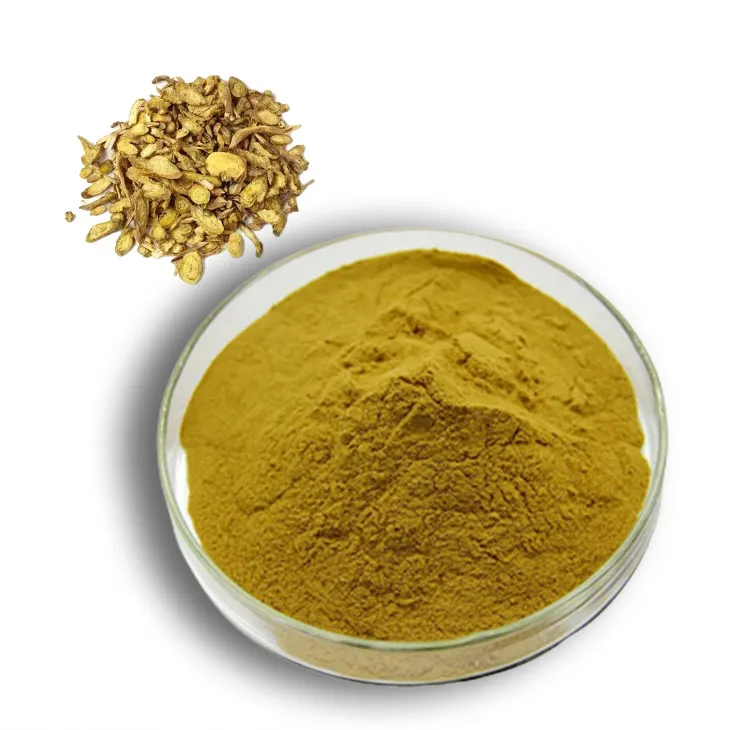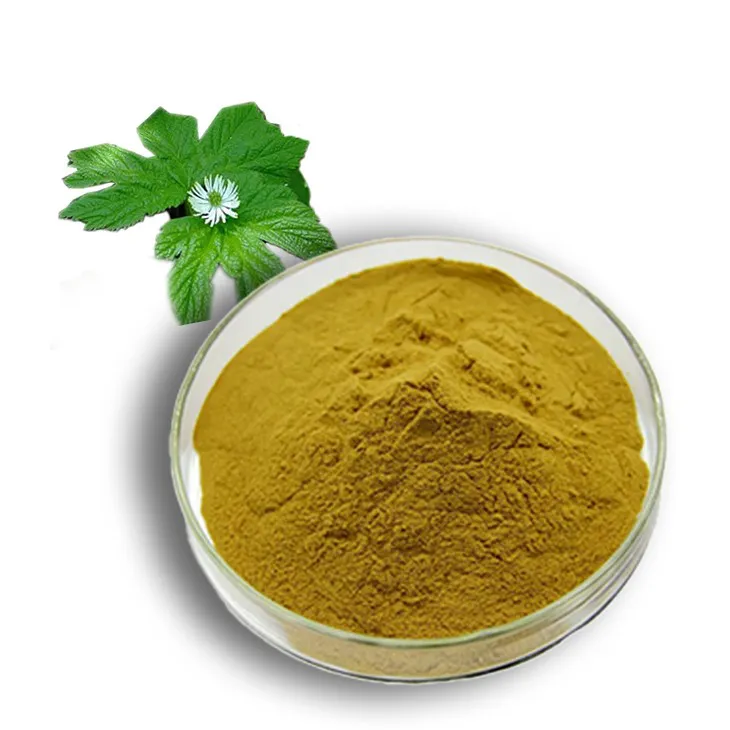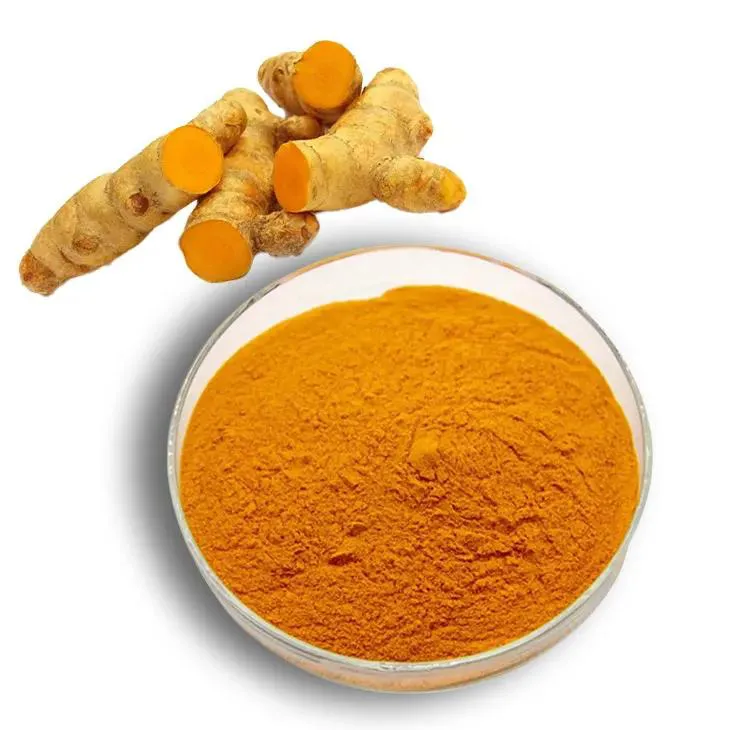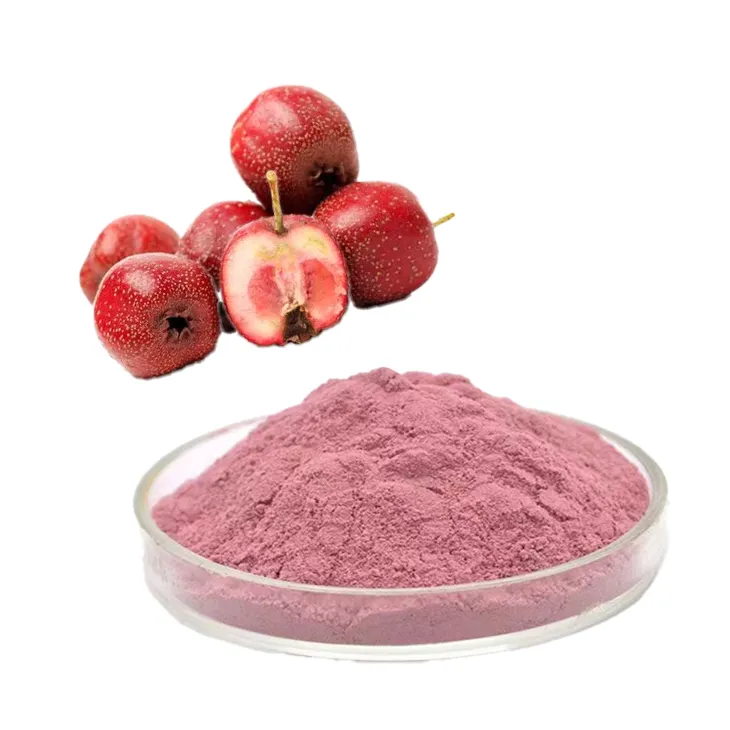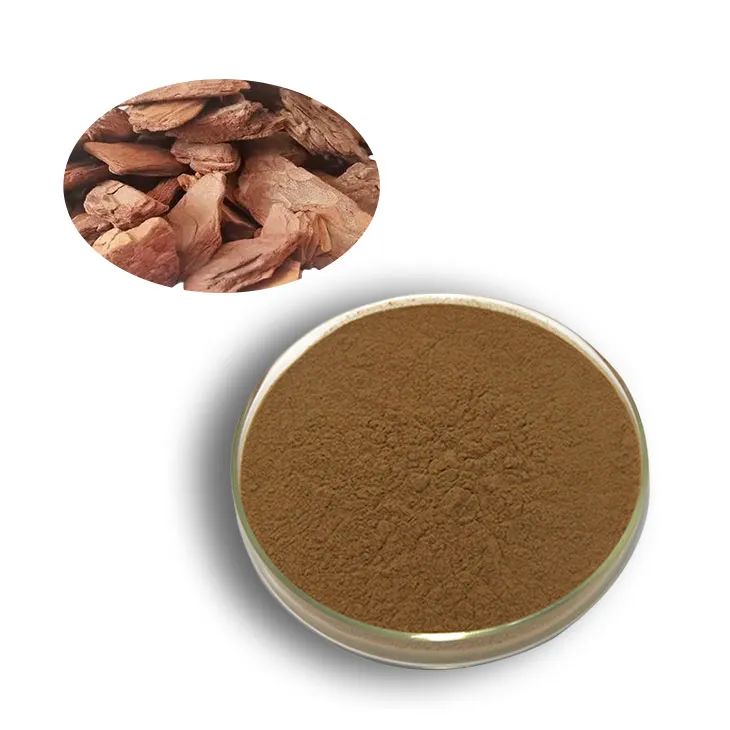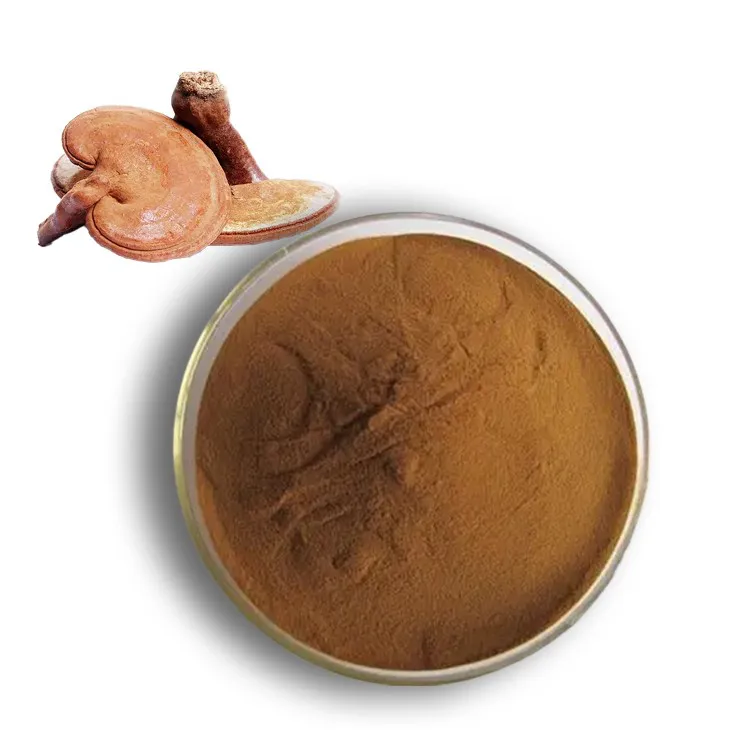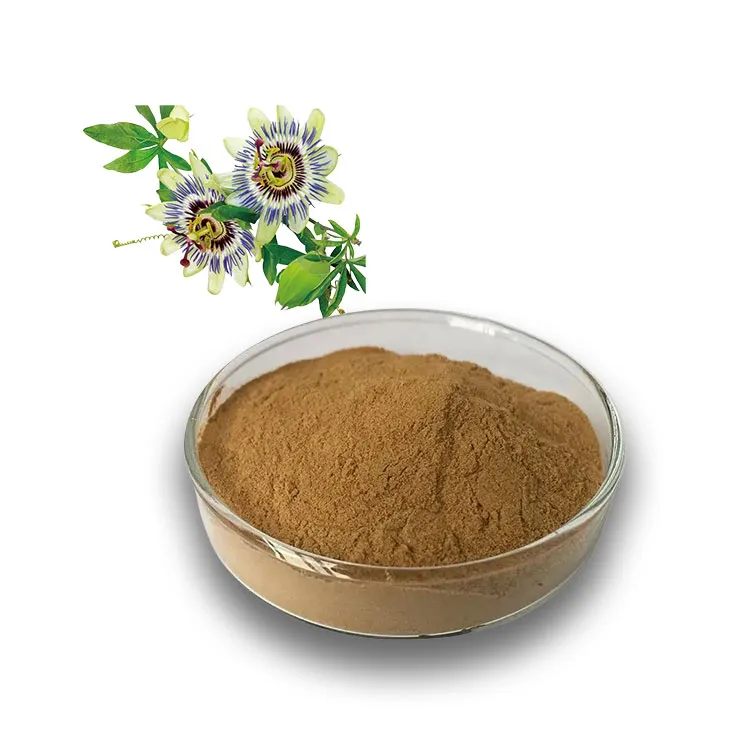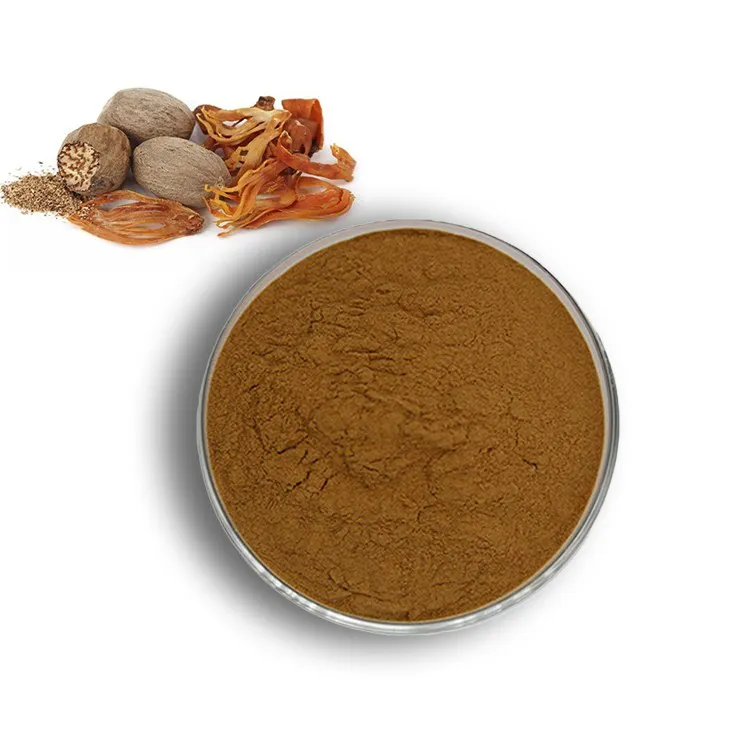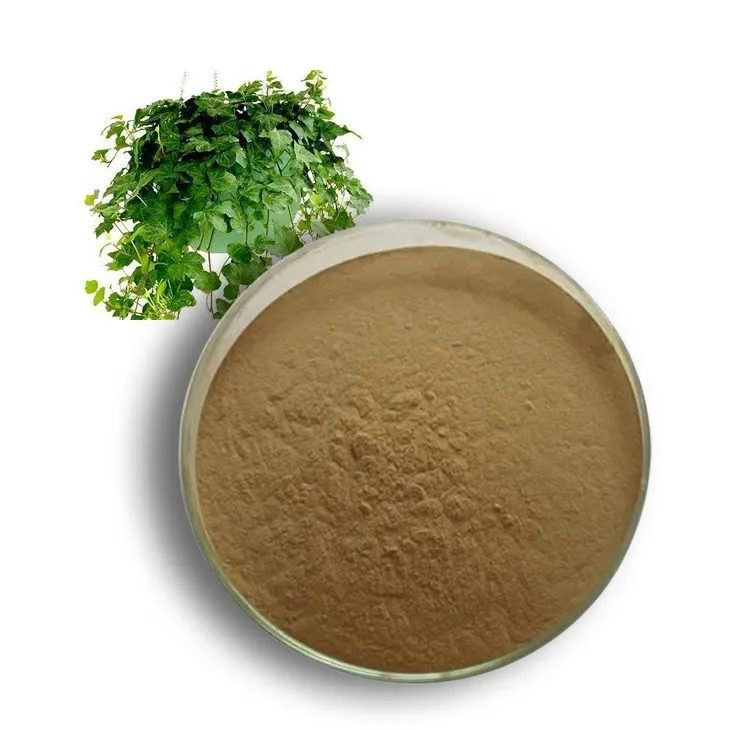- 0086-571-85302990
- sales@greenskybio.com
Sustainability in Action: Environmental Impact of Mustard Oil Extraction
2024-08-12
1. Introduction
Mustard oil has been a staple in many cultures for centuries, used both for cooking and in traditional medicine. However, the process of extracting mustard oil has several environmental implications that need to be addressed. This article will explore the various stages of mustard oil production, from cultivation to extraction and waste management, and discuss sustainable practices that can be implemented to reduce its environmental footprint.
2. Cultivation and Resource Use
2.1 Land Use
Mustard cultivation requires a significant amount of land. Large - scale farming of mustard can lead to deforestation or the conversion of natural grasslands, which in turn disrupts local ecosystems. For example, in some regions, forests have been cleared to make way for mustard fields. This not only destroys the habitats of many wildlife species but also reduces the overall biodiversity of the area.
2.2 Water Consumption
Mustard plants need water to grow, and in some regions, water scarcity is a major concern. Irrigation is often required, especially in arid or semi - arid regions. The excessive use of water for mustard cultivation can put a strain on local water resources. In addition, improper irrigation techniques can lead to water wastage through evaporation or runoff.
2.3 Pesticide and Fertilizer Use
To ensure a high yield, farmers often use pesticides and fertilizers. The use of chemical pesticides can have negative impacts on non - target organisms, such as pollinators and beneficial insects. These chemicals can also contaminate soil and water sources. Fertilizers, on the other hand, if overused, can lead to nutrient runoff into water bodies, causing eutrophication - a process where excessive nutrients in water lead to algal blooms and a decrease in water quality.
3. Energy Consumption in Extraction Processes
3.1 Traditional Extraction Methods
Traditional methods of mustard oil extraction, such as the use of kolhu (a traditional oil - pressing device), are often labor - intensive but relatively low - energy consuming. However, these methods are not very efficient in terms of oil yield. The energy used in operating these traditional devices mainly comes from human or animal power.
3.2 Modern Industrial Extraction
Modern industrial extraction methods, such as solvent extraction and mechanical pressing in large - scale plants, are much more efficient in terms of oil yield but are highly energy - intensive. The use of heavy machinery, such as crushers and centrifuges, requires a significant amount of electricity. Additionally, in solvent extraction, the solvents need to be heated and evaporated, which also consumes a large amount of energy. The energy sources used in these industrial processes are often fossil - fuel - based, contributing to greenhouse gas emissions.
4. Waste Management
4.1 Solid Waste
During the extraction process, a significant amount of solid waste is generated. This includes mustard cake, which is the residue left after oil extraction. If not properly managed, mustard cake can become a source of environmental pollution. For example, if it is dumped in open areas, it can attract pests and emit unpleasant odors. However, mustard cake can also be used as a valuable source of animal feed or as a soil conditioner if properly processed.
4.2 Liquid Waste
Liquid waste from mustard oil extraction contains oil residues, solvents (if solvent extraction is used), and other impurities. If this liquid waste is discharged into water bodies without proper treatment, it can contaminate the water, making it unfit for human consumption and harmful to aquatic life. The treatment of liquid waste requires specialized facilities and processes, which can be costly.
5. Sustainable Practices
5.1 Sustainable Cultivation
- Agro - ecological farming: Implementing agro - ecological farming practices can reduce the environmental impact of mustard cultivation. This includes crop rotation, intercropping, and the use of natural pest control methods. For example, planting mustard with leguminous plants can improve soil fertility without the need for excessive fertilizers. Intercropping can also provide habitats for beneficial insects, reducing the need for pesticides.
- Efficient irrigation: Using drip irrigation or other water - saving irrigation techniques can significantly reduce water consumption. These techniques deliver water directly to the roots of the plants, minimizing evaporation and runoff.
- Organic farming: Organic farming methods can be adopted to eliminate the use of chemical pesticides and fertilizers. Organic fertilizers, such as compost and manure, can be used to improve soil health and provide nutrients to the plants.
5.2 Energy - Efficient Extraction
- Improved traditional methods: Upgrading traditional extraction methods, such as by adding mechanical aids to kolhu, can increase oil yield while still maintaining relatively low - energy consumption. These improvements can make traditional methods more competitive with modern industrial methods in terms of efficiency.
- Renewable energy sources: In industrial extraction plants, using renewable energy sources such as solar or wind power can reduce the reliance on fossil fuels and decrease greenhouse gas emissions. For example, installing solar panels to power the machinery in the extraction plant can make the process more sustainable.
- Optimizing industrial processes: By optimizing the industrial extraction processes, such as improving the efficiency of crushers and centrifuges, less energy can be consumed. This can be achieved through regular maintenance and the use of advanced technologies.
5.3 Effective Waste Management
- Recycling mustard cake: As mentioned earlier, mustard cake can be recycled as animal feed or soil conditioner. By establishing proper collection and processing systems, the value of mustard cake can be fully utilized, reducing waste.
- Treatment of liquid waste: Setting up on - site treatment facilities for liquid waste can ensure that it is properly treated before being discharged or reused. Advanced treatment technologies, such as membrane filtration and biological treatment, can be used to remove oil residues and other impurities from the liquid waste.
6. Conclusion
The extraction of mustard oil has a wide range of environmental impacts, from resource use during cultivation to energy consumption in extraction and waste management. However, by implementing sustainable practices at each stage of the production process, it is possible to reduce these negative impacts and make mustard oil production more environmentally friendly. Sustainable cultivation practices, energy - efficient extraction methods, and effective waste management are all key components in achieving a more sustainable mustard oil industry. It is important for farmers, producers, and policymakers to work together to promote and support these sustainable practices to ensure the long - term viability of mustard oil production while protecting the environment.
FAQ:
What are the main resources used during mustard cultivation for oil extraction?
During mustard cultivation for oil extraction, several main resources are utilized. Land is a crucial resource as it provides the space for the mustard plants to grow. Water is necessary for irrigation, especially in areas with insufficient rainfall. Additionally, fertilizers are often used to enhance soil fertility and ensure healthy plant growth, and pesticides may be applied to protect the crops from pests and diseases.
How much energy is typically consumed in the mustard oil extraction process?
The energy consumption in the mustard oil extraction process can vary. It depends on factors such as the scale of production and the extraction method used. Traditional extraction methods may consume relatively less energy in terms of machinery operation but could be more labor - intensive. Modern industrial extraction often uses mechanical presses or solvent extraction methods. Mechanical presses require energy to operate the machinery for crushing the mustard seeds. Solvent extraction involves energy - consuming processes for solvent evaporation and recovery. Overall, large - scale industrial extraction processes generally consume a significant amount of energy.
What are the major waste products in mustard oil extraction and how are they managed?
In mustard oil extraction, the major waste products include mustard seed husks and spent solvent (in the case of solvent extraction). Mustard seed husks can be managed in several ways. They can be used as animal feed, as they contain some nutritional value. Another option is to compost them, which can then be used as organic fertilizer. For spent solvent management, in industrial settings, proper solvent recovery systems are used to recycle the solvent. This not only reduces waste but also cuts down on the cost of purchasing new solvent. Additionally, any residual waste after solvent recovery must be disposed of according to environmental regulations.
What are some sustainable practices in mustard oil production?
There are several sustainable practices in mustard oil production. In cultivation, using organic farming methods can reduce the reliance on chemical fertilizers and pesticides, thus minimizing environmental pollution. Crop rotation can also be beneficial as it helps maintain soil health and fertility. In the extraction process, using energy - efficient machinery can lower energy consumption. Additionally, promoting local and small - scale production can reduce the carbon footprint associated with transportation of raw materials and finished products. Also, proper waste management as mentioned earlier, such as recycling and reusing waste products, is an important sustainable practice.
How can sustainable mustard oil extraction contribute to environmental protection?
Sustainable mustard oil extraction can contribute to environmental protection in multiple ways. By reducing energy consumption through the use of energy - efficient equipment, it helps in conserving non - renewable energy sources and reducing greenhouse gas emissions. Sustainable cultivation practices like organic farming and crop rotation protect soil quality, prevent soil erosion, and maintain biodiversity. Effective waste management, such as reusing mustard seed husks and recycling solvents, reduces landfill waste and potential pollution. Overall, sustainable mustard oil extraction ensures that the production process has a minimal negative impact on the environment.
Related literature
- Sustainable Agriculture and Mustard Oil Production"
- "Environmental Management in the Oil Extraction Industry: Focus on Mustard Oil"
- "Mustard Oil: From Seed to Bottle - A Sustainability Perspective"
- ▶ Hesperidin
- ▶ citrus bioflavonoids
- ▶ plant extract
- ▶ lycopene
- ▶ Diosmin
- ▶ Grape seed extract
- ▶ Sea buckthorn Juice Powder
- ▶ Beetroot powder
- ▶ Hops Extract
- ▶ Artichoke Extract
- ▶ Reishi mushroom extract
- ▶ Astaxanthin
- ▶ Green Tea Extract
- ▶ Curcumin Extract
- ▶ Horse Chestnut Extract
- ▶ Other Problems
- ▶ Boswellia Serrata Extract
- ▶ Resveratrol Extract
- ▶ Marigold Extract
- ▶ Grape Leaf Extract
- ▶ blog3
- ▶ blog4
- ▶ blog5
-
Baicalin
2024-08-12
-
Golden Seal Extract
2024-08-12
-
Curcuma Longa Extract
2024-08-12
-
Hawthorn powder
2024-08-12
-
Pine bark Extract Powder
2024-08-12
-
Reishi mushroom extract
2024-08-12
-
Red Wine Extract
2024-08-12
-
Passionflower Extract
2024-08-12
-
Nutmeg Extract
2024-08-12
-
Ivy Extract
2024-08-12











